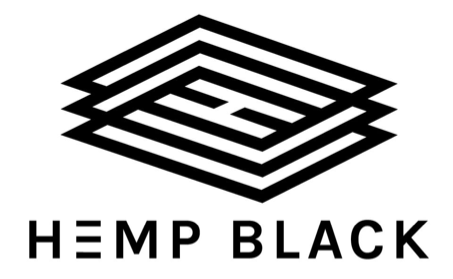Content Care Labels: Here’s What to Look For

So, you're looking for something new to wear? I get it, a closet bursting at the seams and nothing to wear, we’re all guilty of it. To help you make your decisions a bit easier, I'm not going to tell you where to shop, but I will help guide you in what to shop for. Get in the habit of checking the care content label, here is what to look for:
You guessed it,
HEMP!!!- The super fiber (and I'm not just bias because I work for a hemp company) Here are the facts: Hemp can grow from an empty field to a harvestable crop in 70-90 days. Hemp can produce 250% more fiber than cotton and 600% more fiber than flax using the same amount of land. Once the plant is cut for harvest, it can sit in the field for a few days (a process called retting), in which the nutrients of the plant return to the soil and improve the soil quality over time. The fields do not usually require any more water than rain. No need for pesticides or fertilizers (calling it weed is technically not a misnomer!) as it naturally outcompetes for sunlight. Not only is it good for the earth, but it's good for you too! It is strong, gets softer with age, is resistant to mold, and its porous nature makes it breathable.
Organic Cotton- Organic cotton promotes water conservation, clean air, healthy soil, and worker safety. Certified organic cotton farming forbids the use of toxic chemicals or GMOs (genetically modified organisms), and relies on organic matter, crop rotation, composting and traditional farming techniques to produce a quality product. Conventional cotton, on the other hand, uses about 16% of the world’s pesticides.
Organic Linen- I like to think of linen as the cousin of hemp, except it is made from flax. A natural fiber, similar in color and feel to hemp, and provides great benefits to you and the Earth. But there's a catch! The way linen is conventionally produced is very harmful to our waterways and uses harmful chemicals. But it doesn’t have to be like this, when grown in a suitable environment, harsh chemicals can be kept out of linen processing. When you buy linen, buying organic helps to differentiate between the good and bad.
Recycled Polyester- Virgin polyester is a man-made material that is full of chemicals and requires a pretty harmful process to create. However, polyester is still a very popular material because it’s cheap to make and sell. So best to keep an eye out for that golden word: Recycled.



